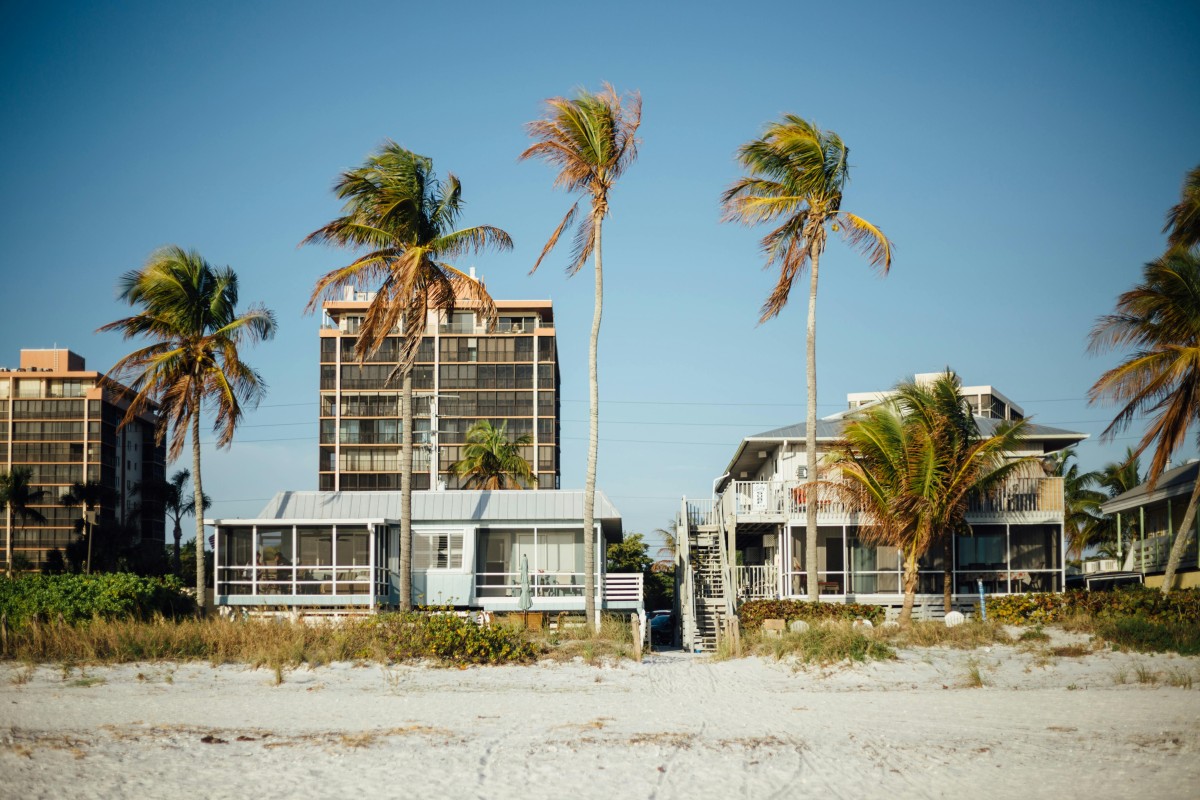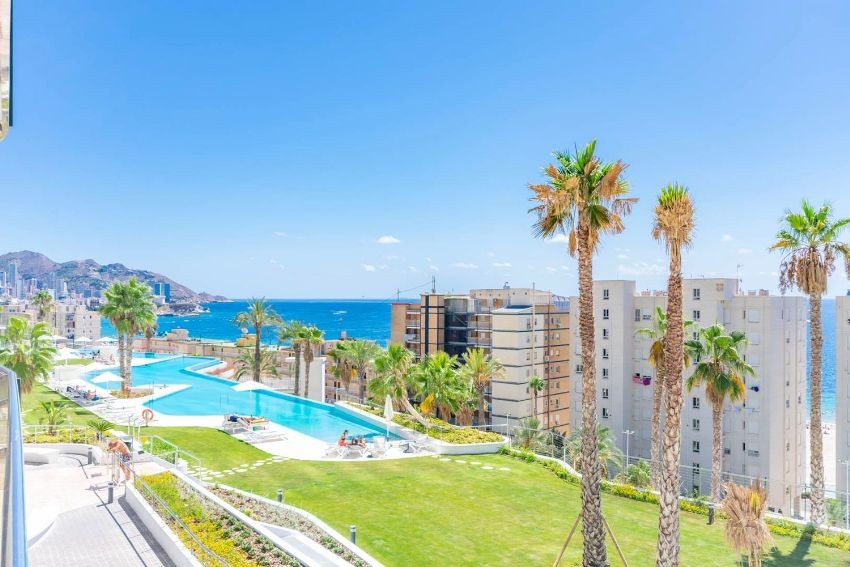Second homes are a significant part of the Spanish real estate market. Many people buy a second home as an investment, to have somewhere to relax or as an alternative to their main residence.
Demand for second homes has traditionally been high in Spain from Spanish citizens and foreigners looking for a pleasant climate, picturesque landscapes and an exceptional quality of life.
Venturing into buying a second home can be an odyssey. Questions usually arise about associated taxes, whether the investment is worth it and deductible expenses, among other issues. That is why we're going to explain the expenses and taxes involved in buying a second home.
What taxes do I have to pay when buying a second home?
Regardless of whether you own your first home or not, you have to pay certain taxes when buying a property in Spain. You will have to pay the Property Transfer Tax (ITP) if it is a second-hand property or the Value Added Tax (VAT) if it is a new build.
ITP is a tax ceded to autonomous communities that is between 6% and 10% of the property value, depending on the region. For new builds, 10% VAT is applied, which is added to the Documented Legal Acts Tax (AJD) of 1% to 1.5% on the deeded value.
In addition to these taxes, you must also consider other expenses such as notary fees, registration fees, management fees and possible bank commissions when purchasing a second home.
What are the costs of buying a second home?
The cost of maintaining a second home in Spain can vary significantly depending on various factors, such as the property's location, size, state of repair, the services available in the area and your individual needs. Some of the most common costs for a second property include:
- Community fees: If the second home is located in a residential block or complex, you will probably have to pay community fees for the upkeep of the common areas, gardens, swimming pools or other services.
- Taxes: In addition to the taxes paid when purchasing the property – like ITP or VAT – owners must consider the Real Estate Tax (IBI), which is paid annually and varies according to your town or city.
- Maintenance and repairs: Set a budget aside for regular home maintenance, including repairs, cleaning, painting and possible improvements.
- Utilities: Water, electricity, gas supplies and other basic services must be taken into account.
- Insurance: Taking out insurance for your second home is essential to protect it against possible damage or unforeseen events.
How much do you pay the tax authorities to have a second home?
Once you have bought your second home, the main tax levied on owners is the Real Estate Tax (IBI). This is a tax administered by local councils and is based on the property's cadastral value.
The IBI is an annual tax, and it varies depending on the property's location and type. For a second home, this tax may be higher than for a primary residence, since some local administrations offer discounts for primary residences.
Second homes, as well as any other type of property, will be subject to a 2% tax on the cadastral value shown on the IBI invoice in the personal income tax return.
If you rent out your second home, you must declare the rental income in your annual income tax return. The rate ranges from 19% to 45%, depending on your total income. However, you can deduct certain expenses, such as maintenance and community fees.
What expenses are deductible when purchasing a second home?

When purchasing a second home in Spain certain expenses can be deductible for tax purposes.
Mortgage interest is one of the main deductible expenses since it can be subtracted from the tax base of the Personal Income Tax (IRPF) in certain circumstances.
Likewise, expenses associated with formalising a mortgage loan, such as bank fees, can also be deductible. In addition, the notary and registration fees related to buying a second home are deductible from personal income tax.
On the other hand, taxes paid when buying the property, such as ITP or VAT, are not directly deductible, but they can be taken into account to calculate the acquisition value and possible capital gain in the future.
Can my second home be my primary residence?
In Spain, for a second home to be considered a primary residence, you must have permanent and effective use and residence: i.e. you must live there continuously for at least 183 days a year.
Furthermore, the property should be the owner's main residence, i.e., the place at the centre of his or her economic and family interests.
Making a second home a primary residence can have tax advantages, such as being able to apply deductions to personal income tax or reductions in the Real Estate Tax (IBI). However, you must comply with the requirements established by law to avoid possible sanctions or claims by the tax administration.
Is buying a second home profitable?
Deciding whether maintaining a second home is worthwhile depends on a variety of individual and financial factors. While owning a second home can provide quality-of-life benefits, you must carefully consider the associated costs to assess its economic viability.
Some homeowners consider that the costs of maintaining a second home, such as taxes, community, maintenance and utilities, can be high and pose an additional financial burden. However, others see the investment as an opportunity to earn income through holiday rentals.
To determine whether maintaining a second home is worth it, perform a detailed financial analysis including all associated costs and work out whether they fit within the available budget. In addition, take into account how much you will use the property and whether it is economically worthwhile compared to other investment alternatives.
